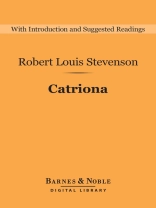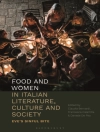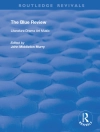This edition includes a modern introduction and a list of suggested further reading.
”Catriona’ so reeks and hums with genius that there is no refuge for the desperate reader but in straightforward prostration.’ – Henry JamesRobert Louis Stevenson considered Catriona, the lively sequel to Kidnapped, his best work. At the end of Kidnapped, young David Balfour enters an Edinburgh bank to claim his inheritance., In the opening scene of Catriona, he comes out moneybags in hand. While Balfour entered the bank a somewhat stolid teenager; he exits into young manhood to contend with all the complexities of politics, love, and family.
Om författaren
Robert Louis Stevenson was born in 1850 in Edinburgh. His father was an engineer, the head of a family firm that had constructed most of Scotland’s lighthouses, and the family had a comfortable income. Stevenson was an only child and was often ill; as a result, he was much coddled by both his parents and his long-time nurse. The family took frequent trips to southern Europe to escape the cruel Edinburgh winters, trips that, along with his many illnesses, caused Stevenson to miss much of his formal schooling. He entered Edinburgh University in 1867, intending to become an engineer and enter the family business, but he was a desultory, disengaged student and never took a degree. In 1871, Stevenson switched his study to law, a profession which would leave time for his already-budding literary ambitions, and he managed to pass the bar in 1875.
Illness put an end to his legal career before it had even started, and Stevenson spent the next few years traveling in Europe and writing travel essays and literary criticism. In 1876, Stevenson fell in love with Fanny Vandergrift Osbourne, a married American woman more than ten years his senior, and returned with her to London, where he published his first fiction, ’The Suicide Club.’ In 1879, Stevenson set sail for America, apparently in response to a telegram from Fanny, who had returned to California in an attempt to reconcile with her husband. Fanny obtained a divorce and the couple married in 1880, eventually returning to Europe, where they lived for the next several years. Stevenson was by this time beset by terrifying lung hemorrhages that would appear without warning and required months of convalescence in a healthy climate. Despite his periodic illnesses and his peripatetic life, Stevenson completed some of his most enduring works during this period: Treasure Island (1883), A Child’s Garden of Verses (1885), Kidnapped (1886), and Dr. Jekyll and Mr. Hyde (1886).
After his father’s death and a trip to Edinburgh which he knew would be his last, Stevenson set sail once more for America in 1887 with his wife, mother, and stepson. In 1888, after spending a frigid winter in the Adirondack Mountains, Stevenson chartered a yacht and set sail from California bound for the South Pacific. The Stevensons spent time in Tahiti, Hawaii, Micronesia, and Australia, before settling in Samoa, where Stevenson bought a plantation called Vailima. Though he kept up a vigorous publishing schedule, Stevenson never returned to Europe. He died of a sudden brain hemorrhage on December 3, 1894.
Author biography from the Barnes & Noble Classics edition of The Strange Case of Dr. Jekyll and Mr. Hyde.












